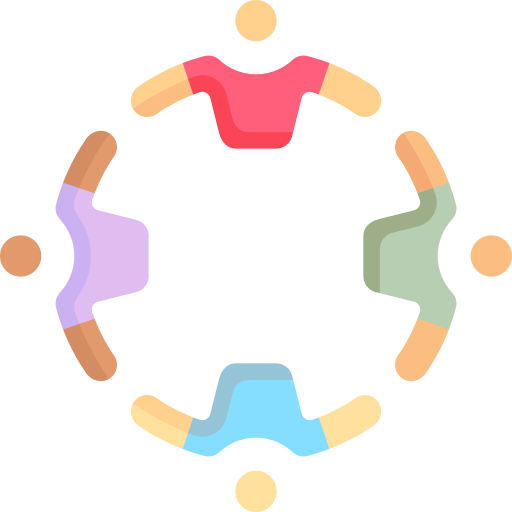Crowdsourcing is the practice of leveraging the collective knowledge and creativity of many people, typically using online platforms, to gather ideas, services, or content. It harnesses the collective intelligence and creativity of a diverse crowd to solve problems, generate ideas, or complete tasks.
This method effectively solves problems, generates innovative ideas, or completes tasks, and can encompass activities like product development, market research, or funding through group contributions.
Examples of crowdsourcing platforms include:
- Kickstarter/Indiegogo, for crowdfunding creative projects, innovations, and products.
- GoFundMe, for personal fundraising, including medical expenses, education costs, and community projects.
- Wikipedia, for crowd-sourced information and encyclopedia content.
- InnoCentive/Wazoku, for crowdsourcing solutions to complex scientific, business, and technical challenges.
- 99designs/Crowdspring, for crowdsourced graphic design, including logos, websites, and marketing materials.
- Threadless, for crowdsourced t-shirt and apparel designs.
- Quirky, for crowdsourced invention and product ideas.
- Topcoder/Gitcoin, for crowdsourced software development and coding challenges.
- Zooniverse, for crowdsourced scientific research, where volunteers help with data analysis.
- Unsplash, for crowdsourced high-resolution photographs, freely shared by photographers.
Crowdsourcing has gained immense popularity in recent years due to its ability to tap into the wisdom of the crowd. By involving a large and diverse group of individuals, crowdsourcing allows businesses and organizations to access a wide range of perspectives, expertise, and skills that may not be available within their own teams. This can lead to innovative solutions, fresh ideas, and valuable insights that can drive growth and success.
One of the key benefits of crowdsourcing is its cost-effectiveness. By outsourcing tasks [LINK] or projects to a crowd, businesses can save on labor and operational costs. Instead of hiring a dedicated team or conducting extensive market research, companies can leverage the power of the crowd to achieve their goals at a fraction of the cost.
Another advantage of crowdsourcing is its scalability. With the internet and online platforms, businesses can easily reach a global audience and tap into a vast pool of talent. This allows for greater flexibility and agility, as companies can quickly scale up or down based on their needs. Whether it’s a small-scale project or a large-scale initiative, crowdsourcing offers the ability to adapt and respond to changing demands.
In addition to cost-effectiveness and scalability, crowdsourcing also fosters community engagement and collaboration. By involving the crowd in decision-making processes, businesses can create a sense of ownership and involvement among their customers or stakeholders. This can lead to increased brand loyalty, customer satisfaction, and a stronger connection with the target audience.
However, it’s important to note that crowdsourcing is not without its challenges. Managing a large crowd and ensuring quality control can be complex, especially when dealing with diverse opinions and skill levels. Additionally, protecting intellectual property and maintaining confidentiality can be a concern when sharing sensitive information with a crowd. Therefore, businesses must carefully plan and implement crowdsourcing strategies to mitigate these risks and maximize the benefits.
What are the ethical considerations in crowdsourcing labor?
Key ethical considerations include fair compensation, transparency, and worker rights. It’s crucial to ensure participants are fairly rewarded and aware of the terms of their engagement, while also fostering a safe and inclusive environment.
What mechanisms ensure the quality of crowdsourced work?
Quality assurance mechanisms include providing clear task guidelines, using feedback loops, establishing peer-review systems, and implementing reputation systems to incentivize high-quality contributions and identify reliable participants.
How can intellectual property rights be managed in crowdsourcing projects?
IP rights management in crowdsourcing necessitates explicit agreements on ownership and use. NDAs and licensing agreements can help protect sensitive information and clarify how the IP will be utilized, ensuring participants understand their rights and responsibilities.
Consulting legal experts can provide guidance in navigating the complexities of IP management in crowdsourcing projects.
What are the successful examples of crowdsourcing in solving complex problems?
Successful examples of crowdsourcing in addressing complex issues include Foldit, where gamers solved intricate protein folding puzzles, and Innocentive, which connects problem solvers with organizations facing tough challenges. The Zooniverse project exemplifies citizen science, involving the public in diverse research tasks. These instances highlight the potential of crowdsourcing to pool collective intelligence for innovative problem-solving.
